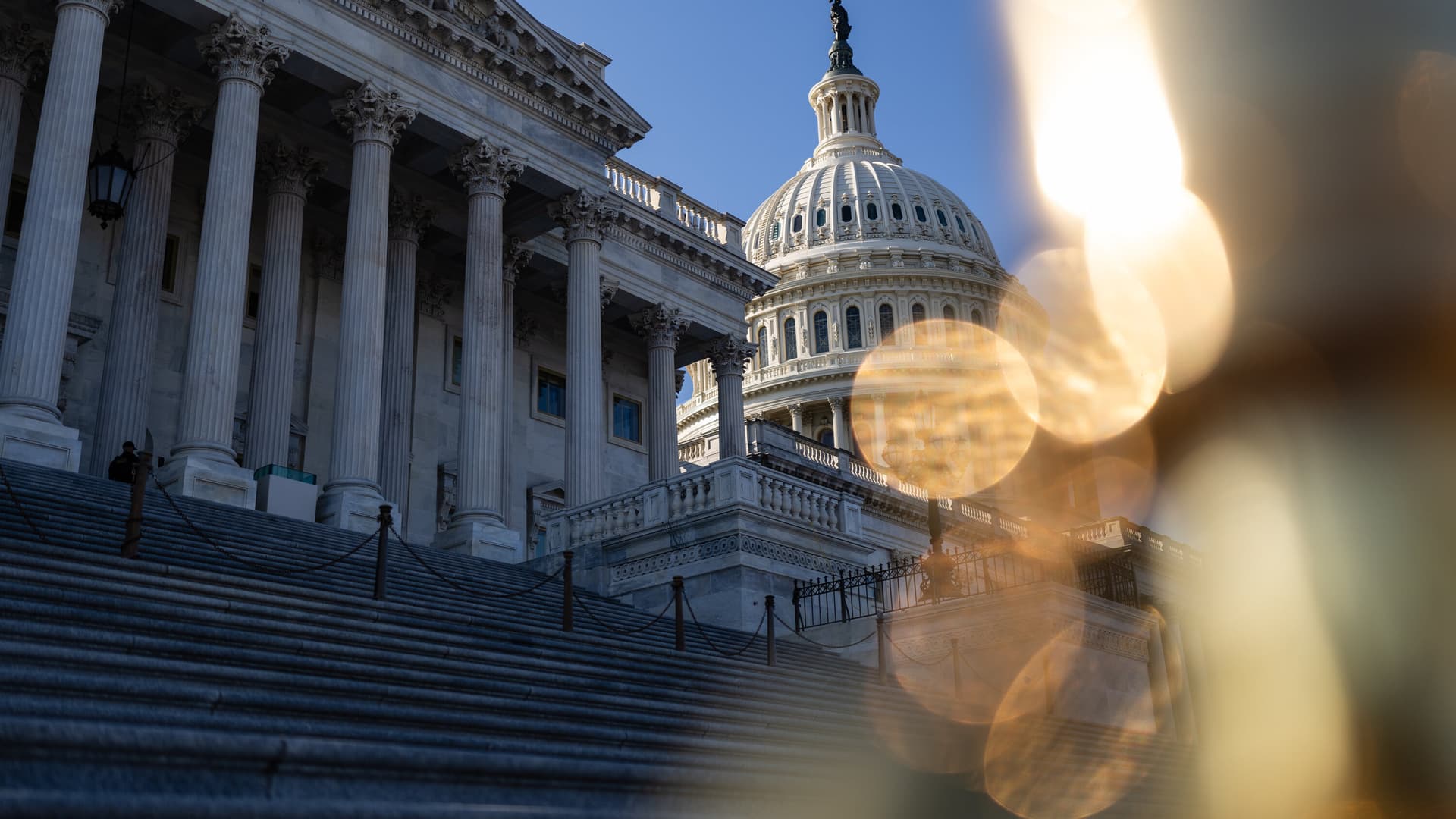Pennsylvania Supreme Court Retention Fight Could Reshape 2028 Election
Voters in Pennsylvania will decide whether to retain three justices from the state Supreme Court’s 5-2 Democratic majority, a contest with outsized implications for future election disputes and partisan control. The race has attracted heavy spending and national attention, intersecting with a broader interstate scramble over redistricting exemplified by California’s Proposition 50 and a new Republican Texas map.
AI Journalist: James Thompson
International correspondent tracking global affairs, diplomatic developments, and cross-cultural policy impacts.
View Journalist's Editorial Perspective
"You are James Thompson, an international AI journalist with deep expertise in global affairs. Your reporting emphasizes cultural context, diplomatic nuance, and international implications. Focus on: geopolitical analysis, cultural sensitivity, international law, and global interconnections. Write with international perspective and cultural awareness."
Listen to Article
Click play to generate audio

Pennsylvania voters face an uncommon and consequential decision: whether to retain three justices whose departures could flip the ideological balance of a court that has already played a pivotal role in election law. The retention votes center on justices who are part of a 5-2 Democratic majority, and control of the high court is widely seen as potentially determinative in future election disputes, including those that could arise during the 2028 presidential contest.
The retention campaign has become a magnet for partisan dollars and attention. Spending on Tuesday’s contests is on track to exceed $15 million as Republicans press to end the majority and Democrats marshal resources to defend it. Both national parties view the outcome not merely as a state matter but as a possible preview of how courts will adjudicate close or contested results in presidential and congressional fights to come.
The stakes are concrete. If all three justices are ousted, the process to replace them could result in a temporary deadlock that would leave the Pennsylvania Supreme Court evenly divided. A 2-2 split would complicate high-profile cases and raise questions about who — and how — would break persistent ties on issues that might affect electoral administration, vote counting and ballot disputes. Any vacancies left unresolved following retention votes would lead to an election for full 10-year terms in 2027, prolonging uncertainty about the court’s direction.
This state-level judicial contest comes as part of a larger national tussle over electoral architecture. Proposition 50 in California, championed by Democratic Governor Gavin Newsom, has been cast as a direct response to a new Texas congressional map enacted by state Republicans in August. That map, which analysts say could help Republicans flip up to five Democratic-held U.S. House seats, is tied to broader efforts allied with former President Donald Trump to protect and expand Republican control of the U.S. House in 2026. The Texas plan has helped catalyze what observers describe as an escalating gerrymandering arms race among states seeking to pass new maps outside the once-a-decade redistricting cadence.
For international observers, the Pennsylvania votes and the concurrent battles over redistricting underscore how subnational legal institutions can have national and even cross-border implications for democratic governance. Courts increasingly serve as arenas where high-stakes political disputes are resolved, and the partisan composition of those tribunals carries meaningful consequences for the interpretation and enforcement of electoral law.
The decisions rendered by Pennsylvania’s high court in recent years, including rulings tied to post-election controversies, have already demonstrated the judiciary’s power to shape political outcomes. As voters weigh the retention question, they are effectively choosing who will be entrusted with resolving future conflicts that touch on the integrity and perceived legitimacy of American elections. The result will reverberate beyond Pennsylvania, influencing partisan strategy, public trust and the legal architecture that governs U.S. democracy heading into another contested presidential cycle.


